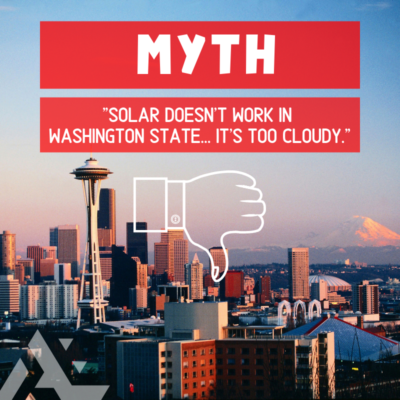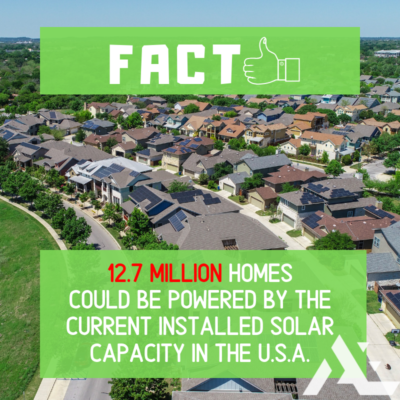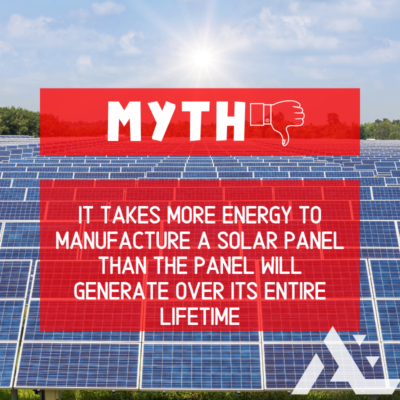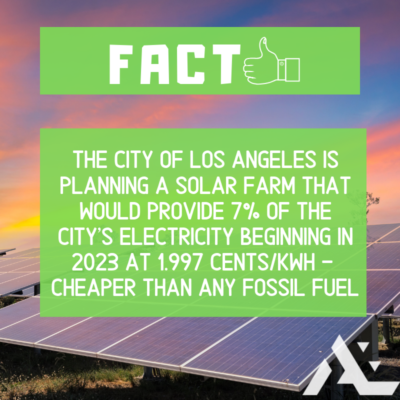Have you heard misconceptions about solar that make you go “huh”? It’s time to set the record straight and separate solar myth from solar fact! Here are the top 7 most common myths about solar:
Solar Myth #1: Solar doesn’t work in Washington state. It’s too cloudy
Solar Fact #1: our climate is actually ideal for the health and efficiency of solar panels – and we still get enough sun to cover all your power needs!


Solar Myth #2: Solar is too high maintenance
Solar Fact #2: in the PNW solar panels only need 1 annual cleaning to remove dust and pollen. And you can easily do it yourself with tools found around the house! Of course we also have companies we can recommend if you prefer.


Solar Myth #3: My HOA doesn’t allow solar
Solar Fact #3: Washington state law stops HOA’s from banning solar as long as the system meets certain requirements.


Solar Myth #4: Solar energy will only ever make a small contribution to our energy needs
Solar Fact #4: The U.S. solar industry is growing at an unprecedented rate. In 2018 alone, the industry added more than 10.6 gigawatts of solar capacity. With more than 67 GW of cumulative solar electric capacity, solar energy generates enough clean electricity to power more than 12.7 million average American homes.


Solar Myth #5: It takes more energy to manufacture a solar panel than the panel will generate over its entire lifetime.
Solar Fact #5: Energy payback periods typically vary between 2 to 4 years depending on the type of solar cell system and the geographic location. One of the recurring myths about solar power is that it takes more energy to manufacture, transport and install solar panels than what the panels will be able to generate in their lifetime. However, the numbers prove otherwise. Payback period is likely to drop even further as new technologies and materials reduce electricity consumption in the manufacture process.


Solar Myth #6: Solar energy will never be cheap enough to compete with fossil fuel generation
Solar Fact #6: The City of Los Angeles plans to build a giant solar farm which would provide 7% of the city’s electricity beginning in 2023 at a cost of 1.997 cents per kilowatt hour (kWh) for the solar power and 1.3 cents per kWh for the battery. That’s cheaper than any power generated with fossil fuel.


Solar Myth #7: Solar panels are expensive and have a low return on investment in Washington State.
Solar Fact #7: Washington State has a number of programs such as the Federal Income Tax Credit, Sales Tax Exemption and Net Metering make solar a great investment! Plus you’ll be paying for power with or without solar – so who would you rather pay the utility company or yourself?


Have you heard other misconceptions we should add to this Top 7 Most Common Myths About Solar? Contact us for your free solar site survey so that we can answer all your questions. Plus get customized information on the solar potential of your home.
Get Your Free Solar Site Survey
EVAN LEONARD
VICE-PRESIDENT


